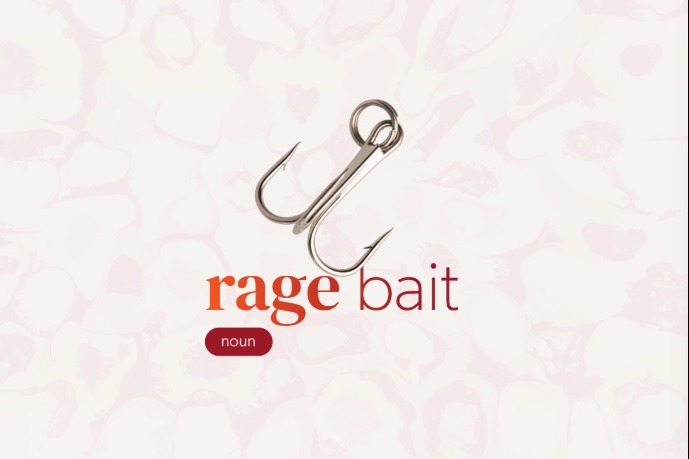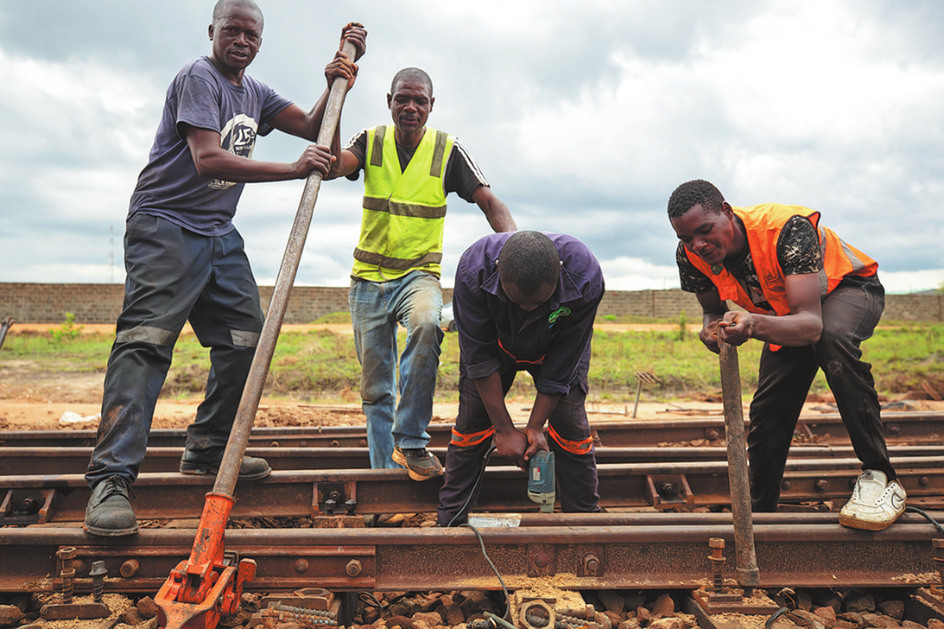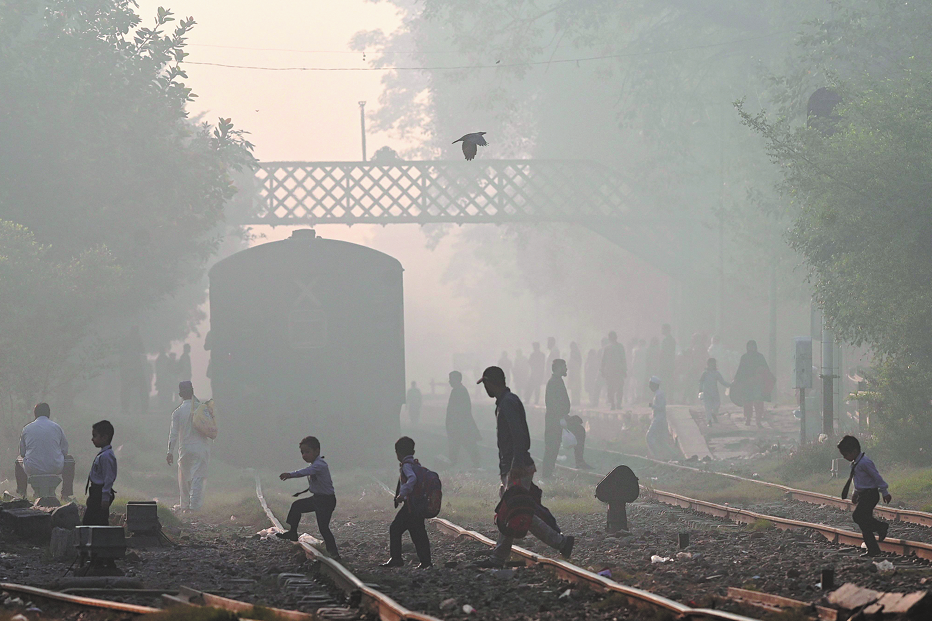Colombia grapples with hippo problems for farmers and environment


David Echeverri, head of biodiversity, protected areas and ecosystem services management at CORNARE, the authority that oversees environment and natural resources in the region where the hippos now live, said that the situation is "overwhelming".
"It is a problem that overwhelms us and that requires the participation of many more entities, and hopefully funding with international resources," he said.
Despite the threats to the population and the impact that hippos can have on other species, their habitat and the environment, there are no final solutions in sight, although various actions have been tested, including relocation and castration.
"We have already tried various measures; we have captured them, relocated them in zoos and we have even castrated them. We have experimented with many different approaches," Echeverri said.
According to Carlos Valderrama, director at WebConserva, a non-profit foundation dedicated to the conservation and sustainable use of ecosystems in Colombia, there is already a large pool of reproductively active female hippos.
"There are at least 20 females reproductively active, which means that there could be 20 hippos born every two years," Valderrama said in interview. This is a "conservative estimate" and that there will be more reproductively active females as the population grows, he said.
































